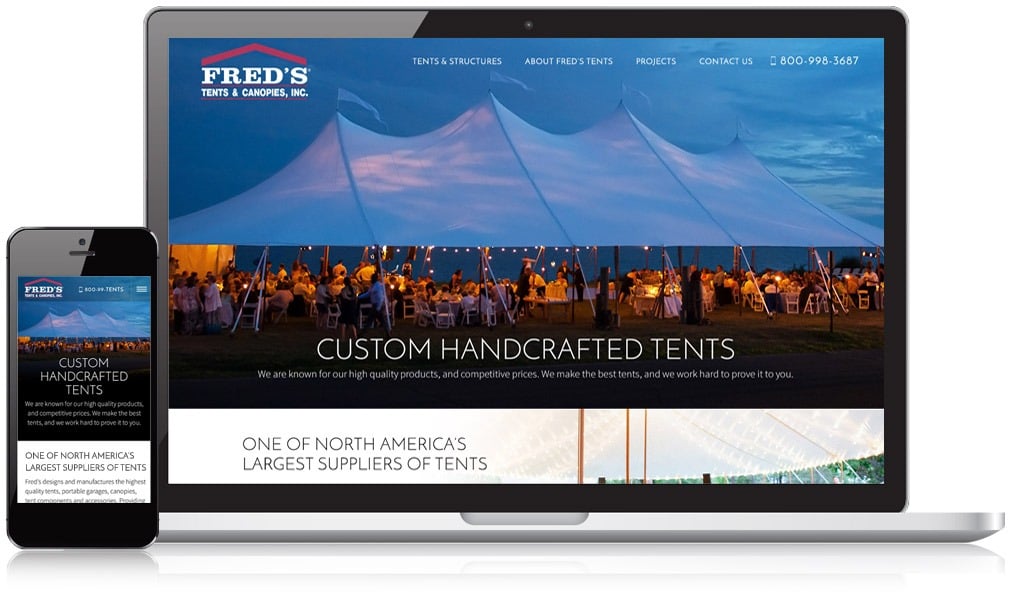Are you unhappy with where your site is ranking in the search engine results?
If your website doesn’t rank well you are losing sales to your competitors. Not sure if you can afford SEO? Schedule a free 15-minute SEO consultation and we’ll chat about your needs and budget.

